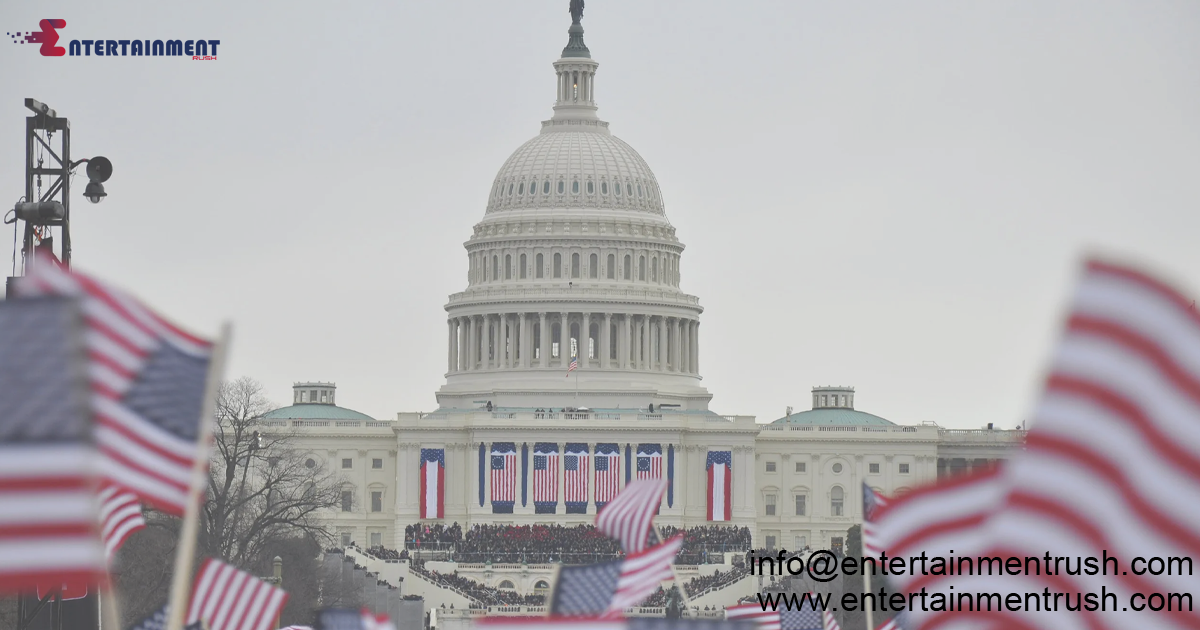In a world where governance shapes the destiny of nations, understanding the intricacies of governmental structures becomes paramount. Among the myriad systems, the United States government stands as a beacon of democracy, its design a product of historical evolution and philosophical inquiry. Delving into its structure unveils a complex web of checks and balances, federalism, and democratic principles that have endured for over two centuries.
The Principle of Separation of Powers
At the heart of the US government lies the principle of separation of powers, a concept enshrined in the Constitution to prevent the accumulation of too much power in one branch. The legislative, executive, and judicial branches each wield distinct authorities, creating a delicate equilibrium essential for the functioning of American democracy.
The Legislative Branch: Congress
The legislative branch, embodied by the Congress, serves as the primary lawmaking body of the nation. Comprising the Senate and the House of Representatives, it holds the power to draft, debate, and pass legislation. This bicameral structure, a compromise between the large and small states during the Constitutional Convention, ensures representation based on both population size and state sovereignty.
The Executive Branch: Presidency
In contrast, the executive branch, led by the President, is tasked with executing and enforcing the laws passed by Congress. Endowed with significant powers, the President serves as the Commander-in-Chief of the armed forces, negotiates treaties, and appoints key government officials. However, the system of checks and balances restrains executive authority, subjecting presidential actions to oversight by Congress and the judiciary.
The Judicial Branch: Supreme Court
Meanwhile, the judicial branch, embodied by the Supreme Court and lower federal courts, interprets the laws and ensures their constitutionality. Through judicial review, the courts possess the authority to strike down laws or executive actions deemed incompatible with the Constitution, thus serving as guardians of individual rights and the rule of law.
Federalism: Division of Powers
Beyond the tripartite division of powers, the US government operates within the framework of federalism, a system where power is shared between the national and state governments. This division of authority delineates the responsibilities of each level of government, with the federal government handling issues of national concern, such as defense and foreign policy, while states retain authority over local matters like education and transportation.
Checks and Balances: Preventing Tyranny
Moreover, the Constitution establishes a system of checks and balances to prevent any single branch from becoming too dominant. This intricate system ensures that each branch serves as a check on the powers of the others, fostering accountability and preventing tyranny. For instance, the President can veto legislation passed by Congress, but Congress can override the veto with a two-thirds majority in both chambers. Similarly, the Senate confirms presidential appointments and ratifies treaties, but the President nominates Supreme Court justices and other federal judges, subject to Senate approval.
Informal Mechanisms: Shaping Governance
In addition to the formal structures outlined in the Constitution, informal mechanisms also shape the functioning of the US government. Political parties, interest groups, and the media play influential roles in shaping public opinion, influencing policymaking, and holding elected officials accountable. The dynamic interplay between formal institutions and informal actors adds layers of complexity to the governance landscape, reflecting the vibrancy of American democracy.
Upholding Democratic Ideals
an inquiry into the governance of the United States reveals a multifaceted system characterized by separation of powers, federalism, and checks and balances. As an ever-evolving experiment in democracy, the US government continues to adapt to the challenges of the modern era while upholding the timeless principles enshrined in its founding documents. Understanding the intricacies of this structure is essential for citizens and policymakers alike, as they navigate the complexities of governance and strive to uphold the ideals of liberty, justice, and equality for all.




Leave feedback about this